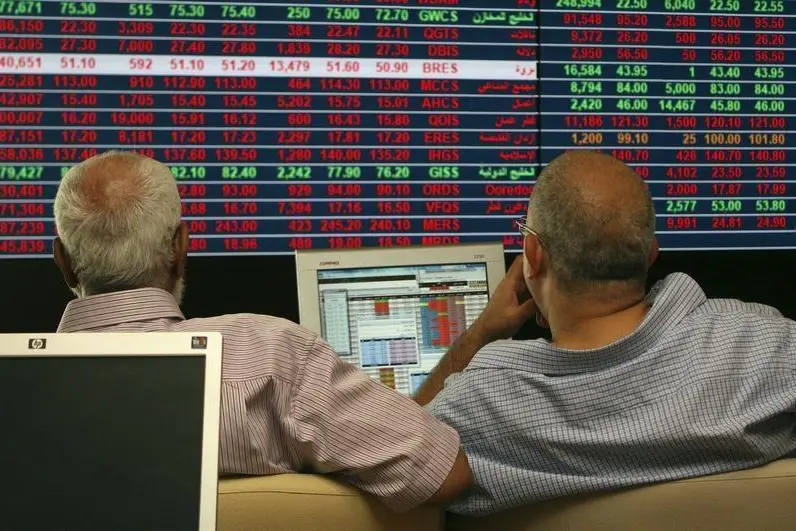PHOTO
03 December 2016
While Qatar’s total growth accelerated to 2 percent year-on-year (y/y) in 2Q16, the country’s non-hydrocarbon sector activity cooled as manufacturing contracted. Gas prices have followed oil prices down, to at least 10-yr lows.
While Qatar’s total growth accelerated to 2 percent year-on-year (y/y) in 2Q16, the country’s non-hydrocarbon sector activity cooled as manufacturing contracted. Gas prices have followed oil prices down, to at least 10-yr lows.
Gas production is being augmented by the launch of the Barzan facility in 2016, NBK’s chartbook on Qatari economy noted.
Inflation cooled slightly to 2.2 percent year-on-year in October as housing & utilities costs continue to ease. Food price deflation deepened. Real estate prices fell by 11 percent y/y in September, affected by a surfeit of housing units and moderating demand. Contracts awarded (by value) declined by 62 percent in 2016 due to spending cutbacks and supply chain bottlenecks.
The fiscal deficit widened to $-4.2bn (-11.2 percent of GDP) in 2Q16 as expenditure growth outpaced revenue growth. Public debt is rising as the authorities issue more bonds for fiscal financing and T-bills for liquidity management. Almost $14bn worth of sovereign debt has been issued in 2016, including a $9bn dollar-denominated bond in May. Qatar has posted a current account deficit for 2 quarters in a row (-6% of GDP) due to the drop in value of its gas exports.
Reserves have not varied significantly month-on-month and, at $35.6bn, in September, still provide more than 7 months of import cover. The decline in foreign currency deposits has led to a contraction in the money supply (M2) of -4.6 percent y/y in September. Private credit grew at the slowest rate in 5 yrs in September (7.6 percent y/y) due to weaker real estate/consumption loan growth.
Non-resident deposits have increased by a dramatic 97 percent, offsetting some of the decline in public sector deposits. Non-resident deposits, interbank funds and debt are accounting for a greater share of banks’ funds. Foreign liabilities have surged as banks increase their reliance on non-resident deposits and overseas funds.
© The Peninsula 2016












